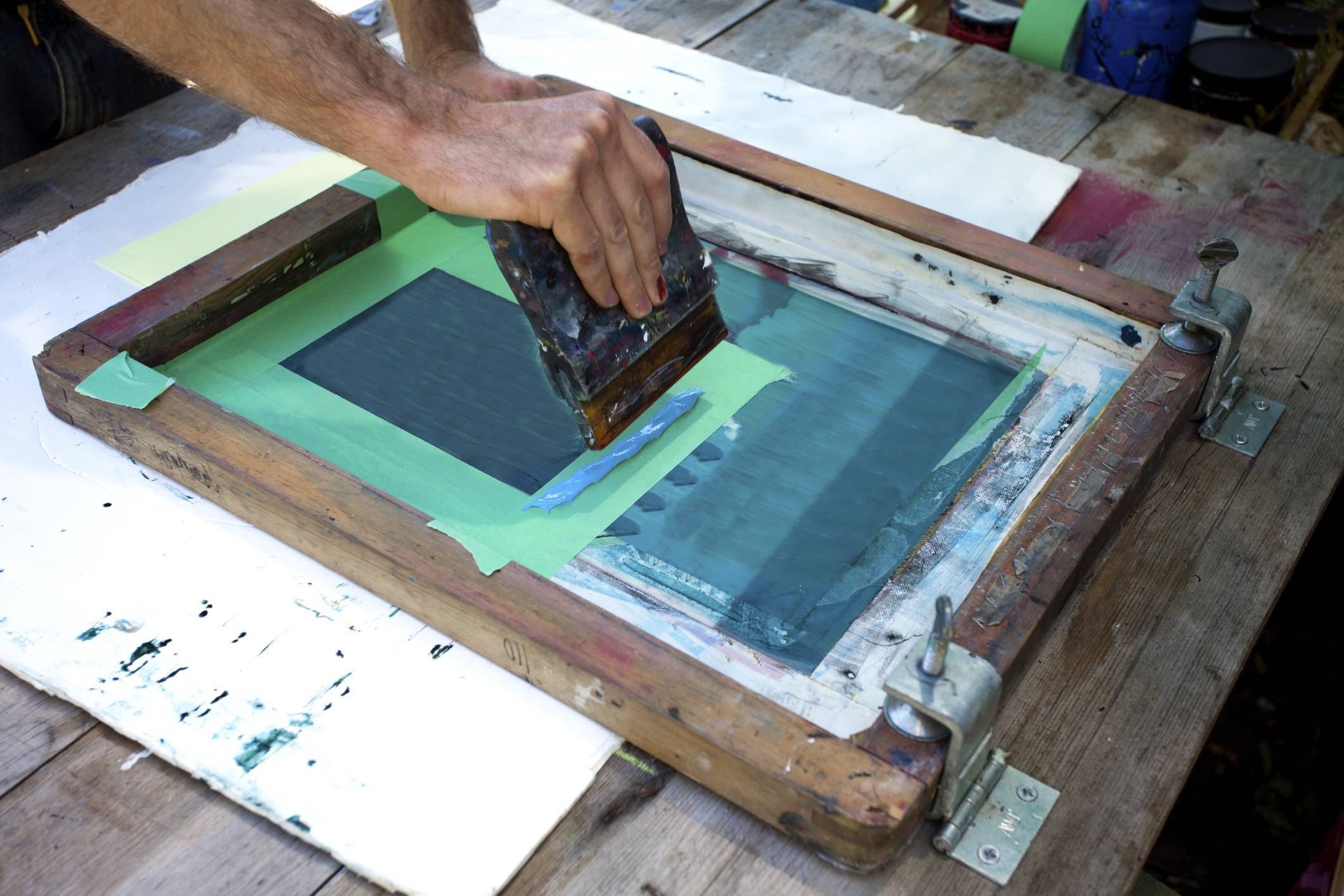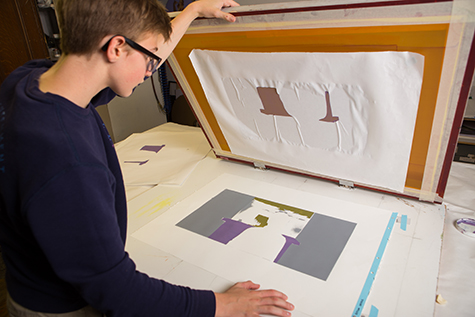ChatGPT said: Why nonprofits prefer 10:9 Design LLC Company for bulk printing
The Important Guide to Understanding Screen Printing and Its Versatile Uses
Screen printing has a rich background that dates back to old times, progressing right into an innovative strategy made use of throughout different sectors today. This overview checks out the intricacies of the screen printing procedure, describing its applications in home, advertising and marketing, and style decoration - 10:9 Design Abilene. Recognizing these fundamentals can open up innovative potential for both creative and commercial jobs. The adhering to areas will certainly disclose vital pointers and strategies to improve one's screen printing ventures
The Background of Screen Printing
Although screen printing has roots that trace back centuries, its evolution reflects the technological and creative improvements of different societies. Coming from in ancient China, the technique was initially made use of for enhancing textiles and later spread to Japan, where it became indispensable to Ukiyo-e woodblock printing. The technique moved to Europe in the 18th century, where it acquired appeal amongst artisans and business printers. The development of image emulsion in the 20th century reinvented screen printing, permitting for more intricate layouts and higher effectiveness. Artists like Andy Warhol additionally thrust its appeal, using the medium to create renowned works that blended commercialism and great art. By the late 20th century, screen printing had actually developed itself as a flexible method, utilized in vogue, marketing, and fine art. Today, it remains to develop, integrating digital innovation and expanding its applications throughout different industries.
The Screen Printing Refine Explained
Screen printing changes creative visions into concrete designs through a series of accurate actions. Originally, an image is produced and after that transferred onto a screen, commonly made from fine mesh textile stretched over a structure. A light-sensitive emulsion is put on the screen, which is revealed to light, setting in locations not covered by the picture. After rinsing the unhardened solution, a pattern is developed.
Next, the screen is placed over the substrate, whether it be textile, paper, or one more product. Ink is after that pressed with the open areas of the stencil using a squeegee, transferring the layout onto the substratum below. This process can be duplicated for several colors, needing separate displays for each hue. Lastly, the printed product is cured utilizing heat to ensure the ink adheres effectively, resulting in a resilient, dynamic style all set for usage.
Kinds Of Screen Printing Techniques

In addition, specialized methods, such as discharge screen printing, eliminate color from the material to produce softer prints, while foil screen printing uses metal aluminum foil to accomplish a shiny finish (10:9 Design Embroidery). Each strategy supplies distinctive attributes, catering to various imaginative requirements and manufacturing scales, eventually broadening the opportunities within the screen printing domain
Applications of Screen Printing in Numerous Industries

Furthermore, the signage and advertising markets use screen printing for creating distinctive screens and banners. This approach permits for bold colors and intricate designs that capture focus. In electronics, screen printing is employed for applying conductive inks to motherboard, important for element links. In addition, the home style industry embraces screen printing to produce distinctive styles on textiles and wall art. On the whole, screen printing functions as an essential device throughout varied fields, enhancing items with customized and visually enticing graphics.
Tips for Successful Screen Printing Projects
While carrying out a screen printing project, mindful attention to information can significantly enhance the last result. Picking top quality products is crucial; this includes the screen, inks, and substrates. Using suitable mesh counts can impact ink deposition and information resolution. Prep work is equally important; extensive cleaning of screens and proper direct exposure times assure crisp prints.
Next off, precise registration is important for multi-color prints. Using alignment tools can help achieve specific layering. In addition, testing prints on scrap products before manufacturing assists determine possible problems without squandering resources.

Frequently Asked Inquiries
What Materials Are Finest for Screen Printing on Material?
Cotton and polyester blends are perfect for screen printing on textile because of their longevity and ink absorption. In addition, specialized materials like silk or canvas can create special textures and surfaces, enhancing the general layout high quality.
Just how Do I Clean and Maintain Screen Printing Tools?
To clean up and maintain screen printing tools, one need to frequently wash screens with appropriate solvents, examine mops for get more info wear, oil moving parts, and shop all products in a completely dry, dust-free environment to lengthen their life expectancy.
What Are the Ecological Influences of Screen Printing?
Screen printing can have substantial ecological influences, including chemical waste from solvents and inks, water use throughout cleaning procedures, and power intake. Lasting practices and eco-friendly materials are necessary for lessening these unfavorable results.
Can Screen Printing Be Done at Home Successfully?
Screen printing can be properly done at home with the best materials and techniques. Enthusiasts can create top quality prints, though success depends upon their ability degree, equipment, and understanding of the process entailed.
What Are the Expenses Connected With Beginning a Display Printing Service?

Starting a screen printing business entails expenses for tools, products, and work area. First costs normally range from a few hundred to numerous thousand dollars, depending upon the range, quality of equipment, and wanted manufacturing ability.
Screen printing has an abundant history that dates back to ancient times, advancing into a sophisticated method used across various sectors today. Another strategy, rotating screen printing, utilizes round screens, promoting continual printing on material rolls, therefore enhancing effectiveness for large-scale manufacturings. Additionally, specialty methods, such as discharge screen printing, eliminate dye from the material to develop softer prints, while foil screen printing applies metallic foil to accomplish a shiny coating. In the style field, screen printing is widely used to create lively designs on clothing, making it possible for brand names to display their unique styles. Cotton and polyester blends are excellent for screen printing on textile due to their sturdiness and ink absorption.